Author’s Note: This article was originally published on our website on March 12, 2019, but it’s as relevant this spring as it was then. The plains, foothills, and mountain slopes are coming alive with wildflowers across the Los Padres National Forest, Carrizo Plain National Monument, and other public lands across the region. Seeing fields of California poppies or baby blue eyes is an unforgettable experience, but it’s important to be respectful of these landscapes and the other people who want to experience the bloom as well. See below for our tips on how to see the flowers in an ecologically mindful way. And be sure to visit our interactive trail map to see which trails and roads are currently open across the Central Coast.

Original Article:
This year’s wildflower season is shaping up to be the best since the 2017 Superbloom. Southern California’s desert areas are already exploding with color, and eager wildflower enthusiasts are flocking in large numbers to state and national parks to catch a glimpse. Unfortunately, large crowds in sensitive areas can lead to a lot of unintended environmental impacts.
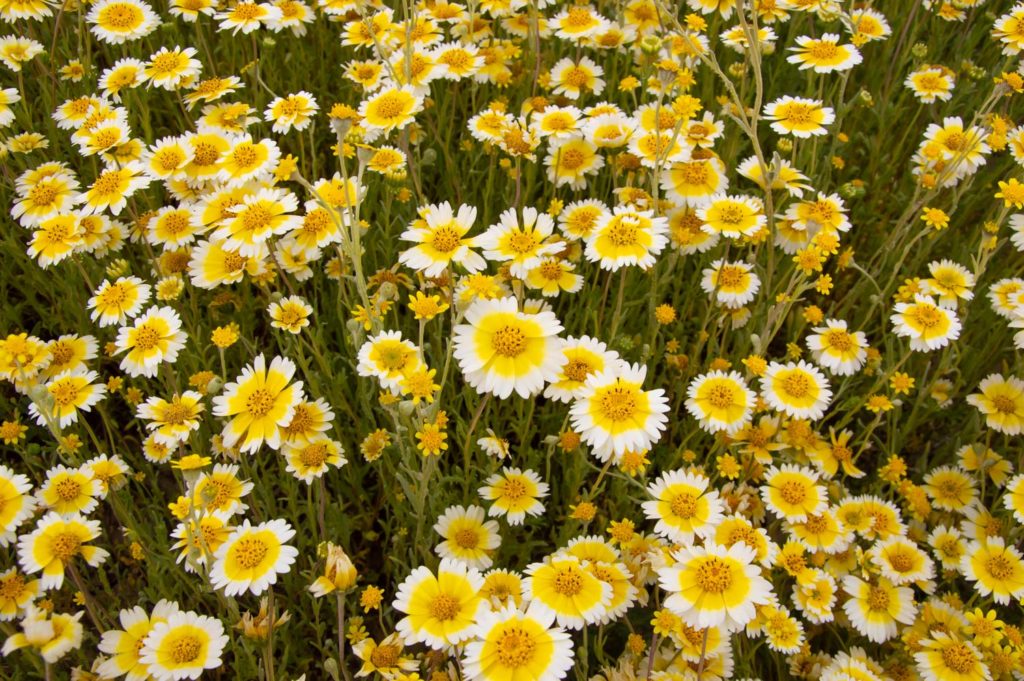
The Central Coast region is also primed to be blanketed in poppies, lupines, goldfields, phacelias, and many other native plants over the coming months. As you gear up for visiting the Los Padres National Forest, Carrizo Plain National Monument, or other public land to see the bloom firsthand, we have a few tips so you can avoid damaging popular and wildflower-covered areas.
1. Stay on the Trail
Perhaps the most important tip to remember during wildflower season is to stay on designated trails. Popular trails are often the jumping-off point for smaller, undesignated user-created trails (sometimes called rogue or social trails). When you see multiple new trails around a designated one, it’s important to realize that those trails were the result of repeated trampling of the plants that once grew there.
People frequently go off trail to find the best spot for photos. It’s not uncommon to see large bare patches where flowers have been trampled to death by eager wildflower chasers. Remember that photos from the trail can be just as good or better than ones taken in the middle of a stand of flowers!
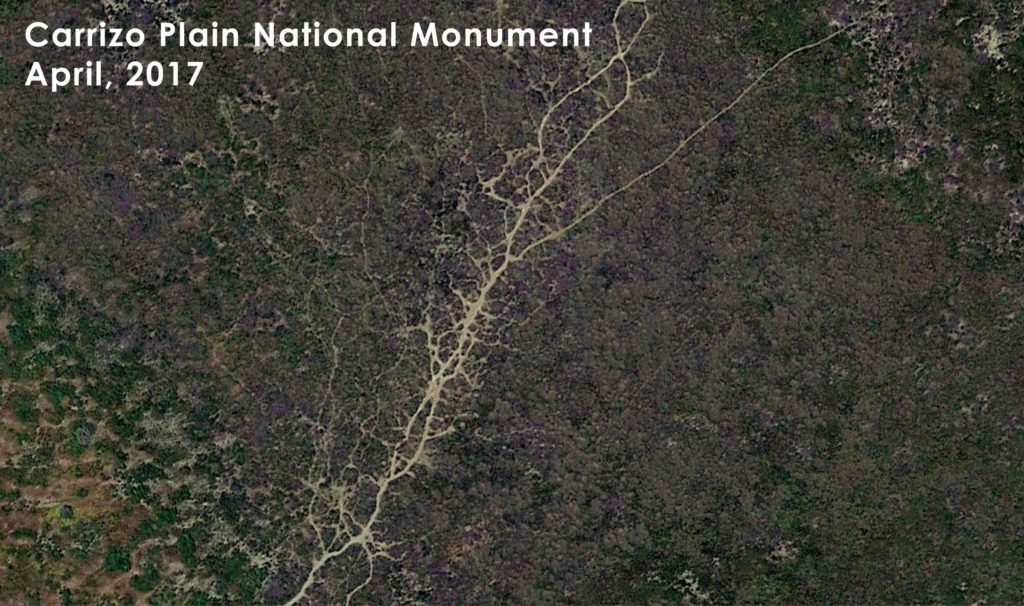
To see an example of the damage rogue trails can cause, just take a look at the massive, nearly pure stand of phacelia within the Carrizo Plain National Monument that was a major destination during the 2017 Superbloom pictured above. Unfortunately, the main trail leading to the edge of the phacelias became an intricate network of undesignated, user-created trails through the wildflowers. The impact of these trails can have long-term damaging effects.
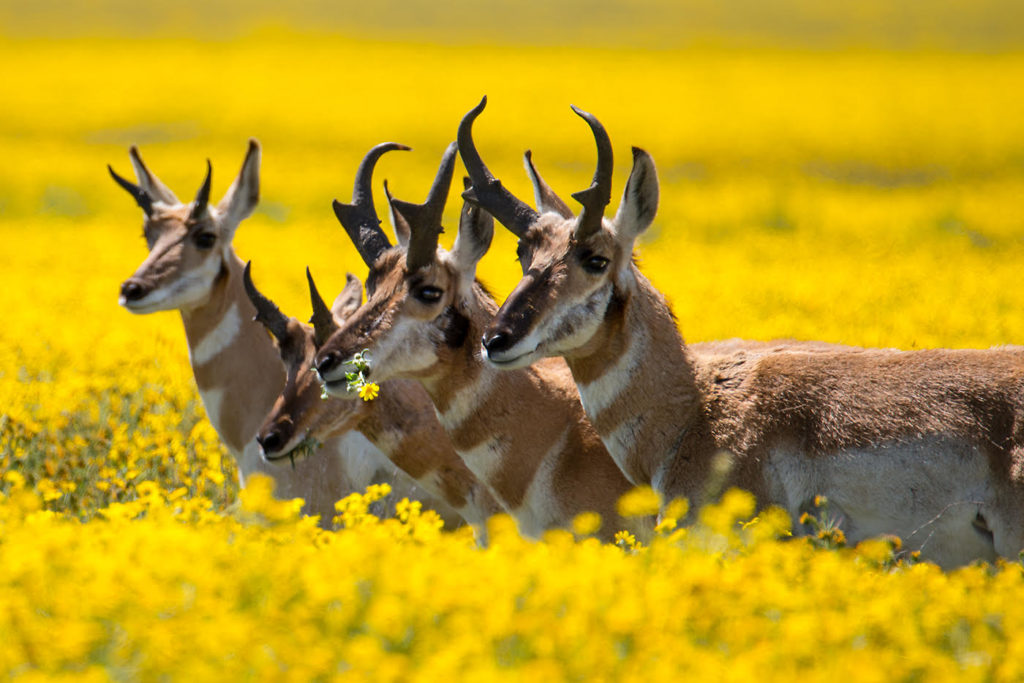
2. Don’t Pick the Flowers
This may seem like a no-brainer to some, but too frequently wildflower chasers like to take souvenirs in the form of wild bouquets. Remember that wildflowers are there for many reasons. They attract pollinators and lead to seed production needed to come back next season. These plants are also stabilizing the soil (especially in recently-burned areas) and providing shelter for various mammals, birds, reptiles, spiders, and insects.
When there are hundreds or thousands of visitors to an area each day, even just a small percentage of people picking a few flowers at a time can negatively impact the ecosystem. Think about it this way: for every flower you take, a pollinator loses a meal!
3. Travel in Small Groups
Staying on the trail can be harder when you’re in a big group. People tend to spread out once they’ve found a good patch of wildflowers to photograph. So naturally, larger groups can have a bigger impact on areas—especially when a particular trail is getting large crowds during a bloom.
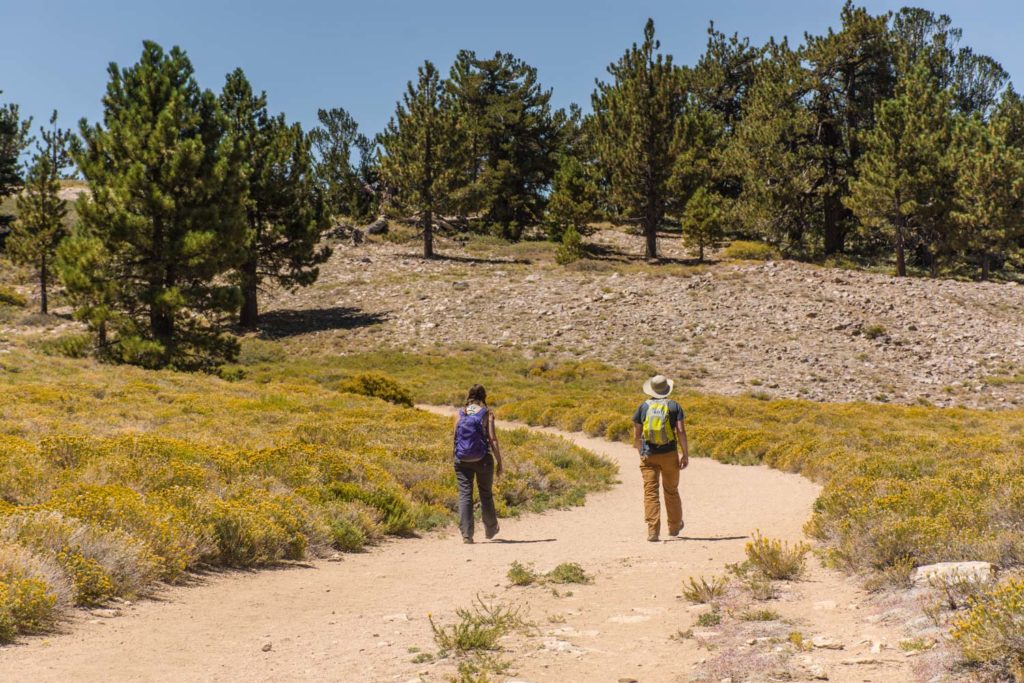
And be sure to tell your companions about the tips you’ve learned! Not everyone knows Leave No Trace principles, so it never hurts to share what you know. Once you’ve shared your knowledge, it also helps to lead by example. Be out in front, stay on the trail, and let your pals know if they’re doing something that’s damaging to the wildflowers.
4. Mind Where You Drive
When an area bursts into bloom, roads become jammed and parking lots become packed. This can put more strain on parks and forests that already struggle with funding for maintaining roads and trailheads. It’s important when visiting these places to always respect road closures and park in designated areas.

Roads are usually closed because they are impassable or dangerous for visitors. After big rains, unpaved roads often need months to dry and be repaired. Because of the rains on the Carrizo Plain National Monument this season, several roads are closed because they’re too muddy to drive on.
Whether it’s a signed roadside or established parking lot, be sure to park your car where it’s allowed to be. Driving along the side of roads and overflowing into the area beyond a parking lot can damage the plants and wildlife there. We’re lucky enough to get to visit these places to begin with, so don’t spread the impact!
5. Respect Park and Forest Rules
Rules are meant to protect people and the environment. When a trail is closed, it’s typically because the trail is severely damaged. When a rock outcrop is off-limits, it’s usually due to sensitive birds nesting among them. And when dogs aren’t allowed somewhere (trust us, as dog lovers we know how disappointing this can be), it’s often because there are wildlife found in the area that are easily scared off by dogs or because too much dog waste was building up on the trail. This is why it’s important to follow the rules for the park or forest you’re visiting.
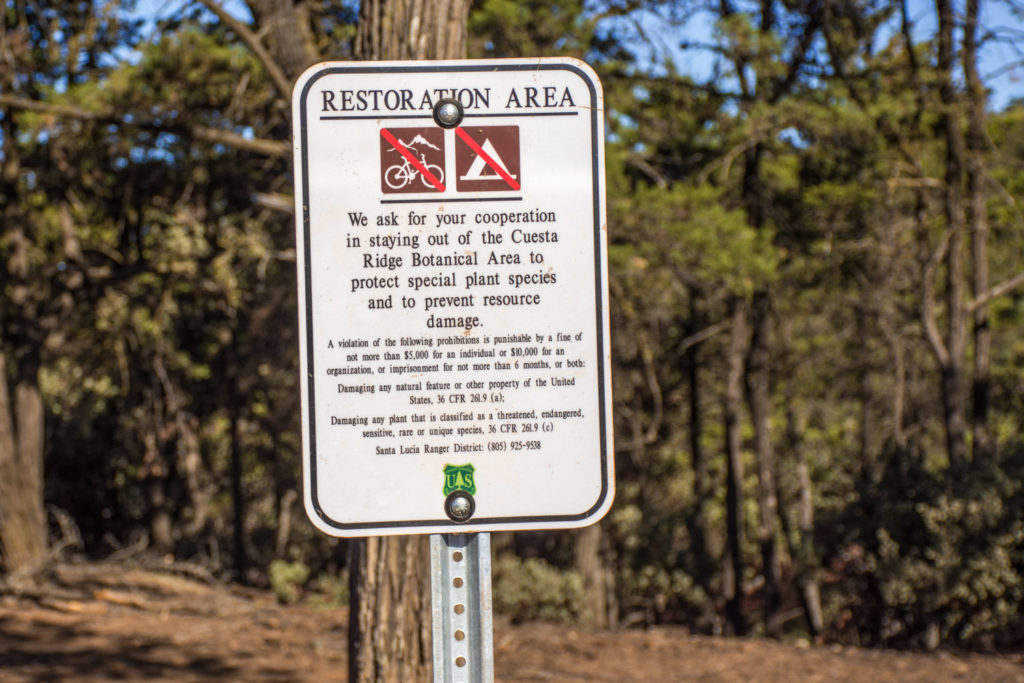
Not sure about what those rules are? Try to know before you go. Look up the park or forest’s website to see if any specific rules and regulations are posted. Call the visitor’s center and ask the experts which rules may affect you during your visit. Finally, read the signs posted at trailheads, along roads and trails, and near points of interest.
Now you’re ready to go chase some wildflowers! Go out and enjoy all of the incredible sights the Central Coast region has to offer.







Comments are closed.